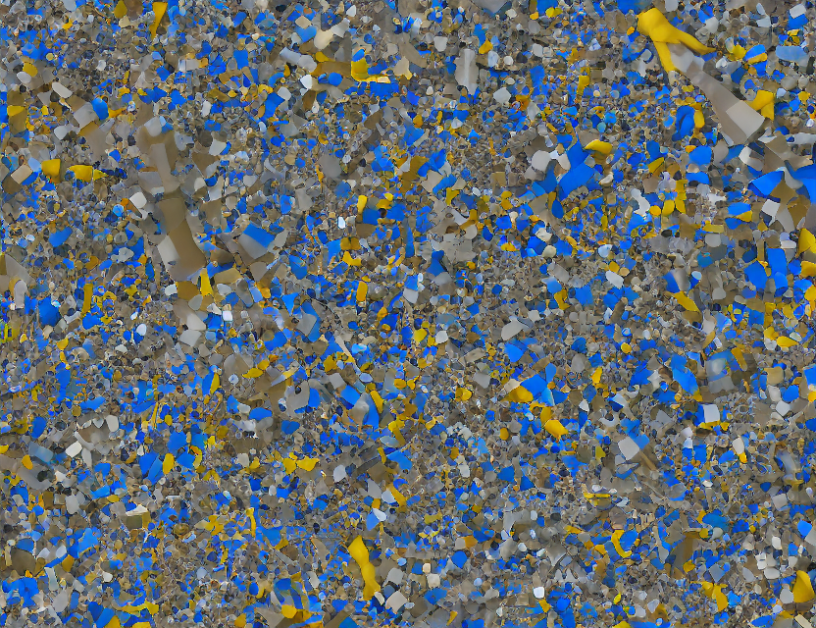The task of extracting information from scientific articles is crucial in various fields, including biology, chemistry, and physics. However, manually annotating large datasets can be time-consuming and costly. This paper proposes a novel approach to cross-modality information extraction (IE) for scientific articles, which enables the exploration of different modalities, such as text and tables, without requiring extensive human annotation.
Methodology
The proposed method consists of three stages: dataset preparation, semi-supervised IE training, and evaluation. In the dataset preparation stage, various sources of data are combined to create a single corpus, ensuring that both text and table information are available for each article. The semi-supervised IE training stage utilizes a combination of supervised and unsupervised learning techniques to train a machine learning model on the annotated data. Finally, in the evaluation stage, the trained model is tested on an independent dataset to assess its performance.
Key Contributions
The main contributions of this paper can be summarized as follows:
- Cross-modality IE for scientific articles: The proposed method enables the exploration of different modalities, such as text and tables, to extract information from scientific articles more effectively.
- Semi-supervised learning: By utilizing both supervised and unsupervised learning techniques, the method reduces the need for extensive human annotation while still achieving high accuracy.
- High-quality benchmark: The proposed benchmark provides a large-scale corpus of annotated data, enabling diverse scientific information extraction tasks and facilitating research in this field.
- Extensive experiments: The results of extensive experiments demonstrate the efficiency, effectiveness, and adaptability of the semi-supervised pipeline for cross-modality IE.
Conclusion
In conclusion, this paper presents a novel approach to cross-modality information extraction for scientific articles using semi-supervised learning. By leveraging various modalities, such as text and tables, the proposed method enables efficient and accurate information extraction without requiring extensive human annotation. The high-quality benchmark provided by this study facilitates research in this field and demonstrates the potential of semi-supervised learning for cross-modality IE tasks.



